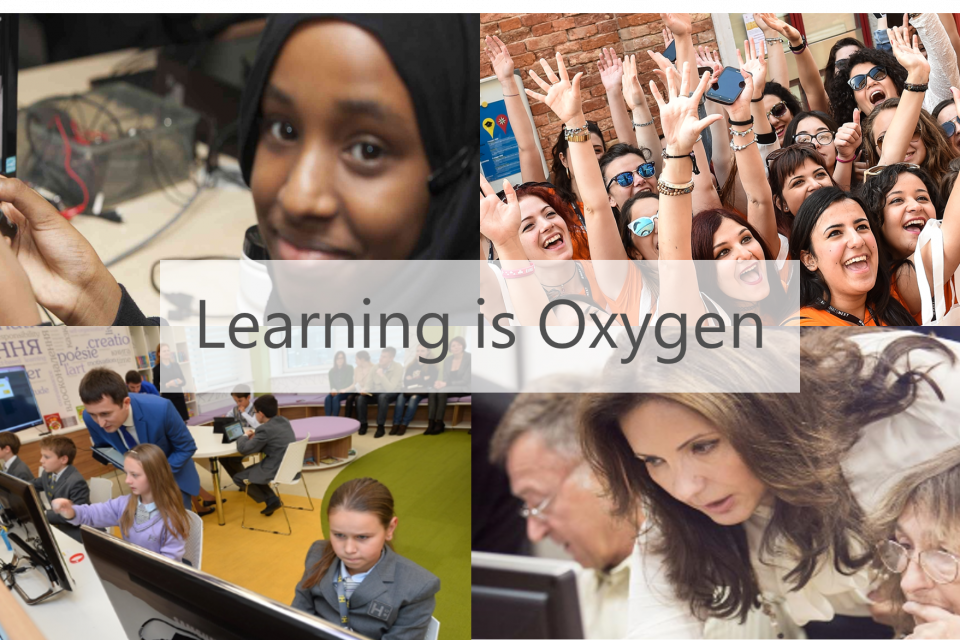Yesterday, Microsoft EMEA President Michel Van der Bel took to the stage at #SkillingUpEU to open a day of dialogue among EU policy makers, CEOs & representatives, ministries of education and teachers from innovative schools. The goal: share innovations and achievements in STEM – Science, Technology, Engineering & Mathematics and outline a path forward in addressing the digital skills gap Europe is facing. By 2020, 90% of jobs are expected to include some degree of digital skills. Something that will require a shift in how we look at education today.
There are approximately 93 million youth in primary, secondary and higher education in the EU. There are also a further 14 million people under 30 who are not in employment, education or training. If we don’t address the digital skills gap now, this could mean both a lost generation of young Europeans and significant impact on European competitiveness.
The core of what’s needed is computational thinking which is fundamental to STEM studies and education. What we mean by computational thinking is a particular way of problem-solving, such as breaking a problem down into smaller parts and analyzing data. Across the EU, education can ensure our long-term success as industries transform. But if we are to be truly inclusive, we need to look beyond STEM to build a ‘digital talent pool’ in Europe. We can do this by incorporating digital skills and technologies throughout the curriculum.
If we think of learning as the oxygen for all citizens, we need to ensure we engage citizens of all ages outside the classroom too. Learning doesn’t end when you leave school. That’s why programs that make digital literacy a fundamental component of all education and that encourage workers to strengthen these skills throughout their careers are essential.
Read more on Michel’s Linkedin post about what this means for lifelong learning and creating a “new normal”.




